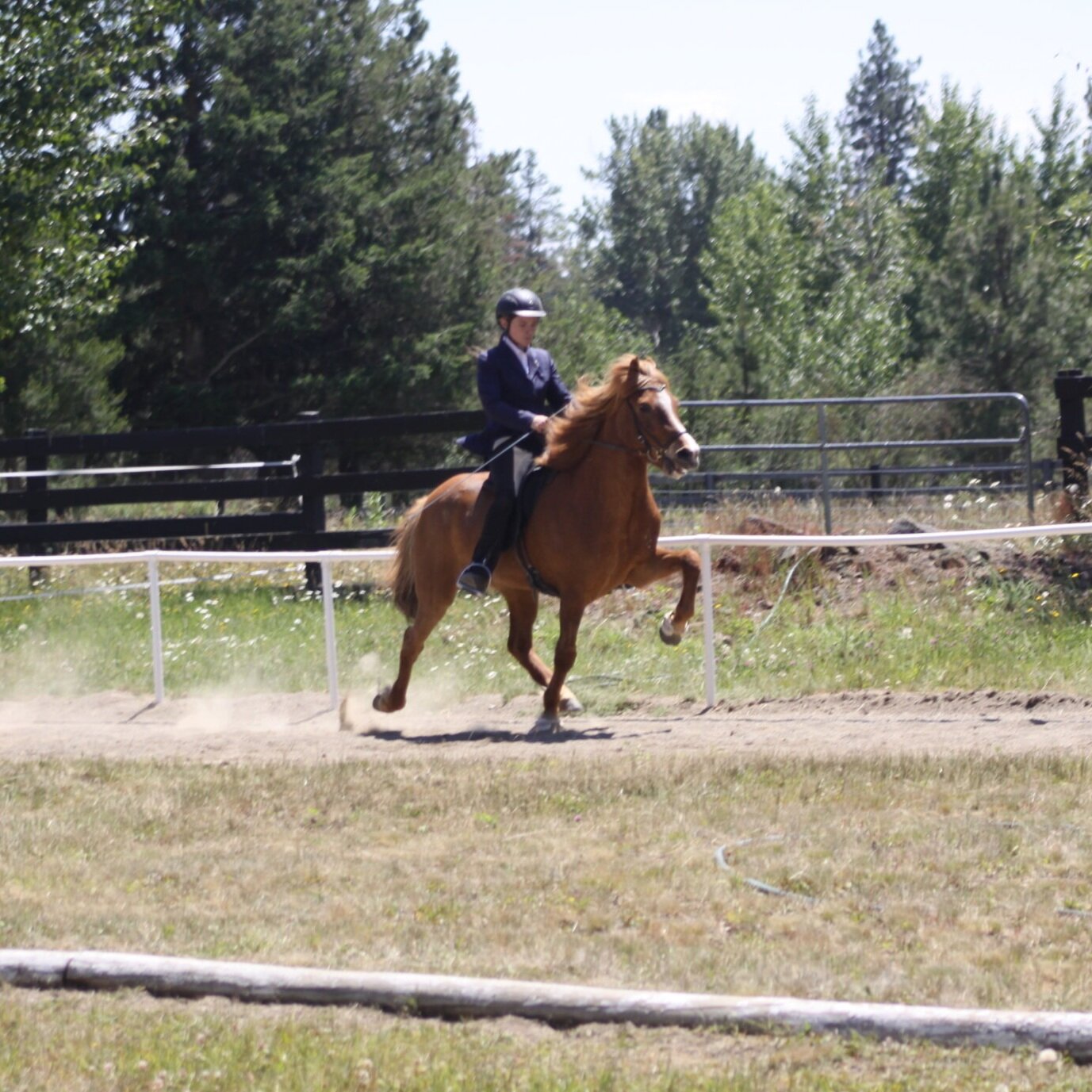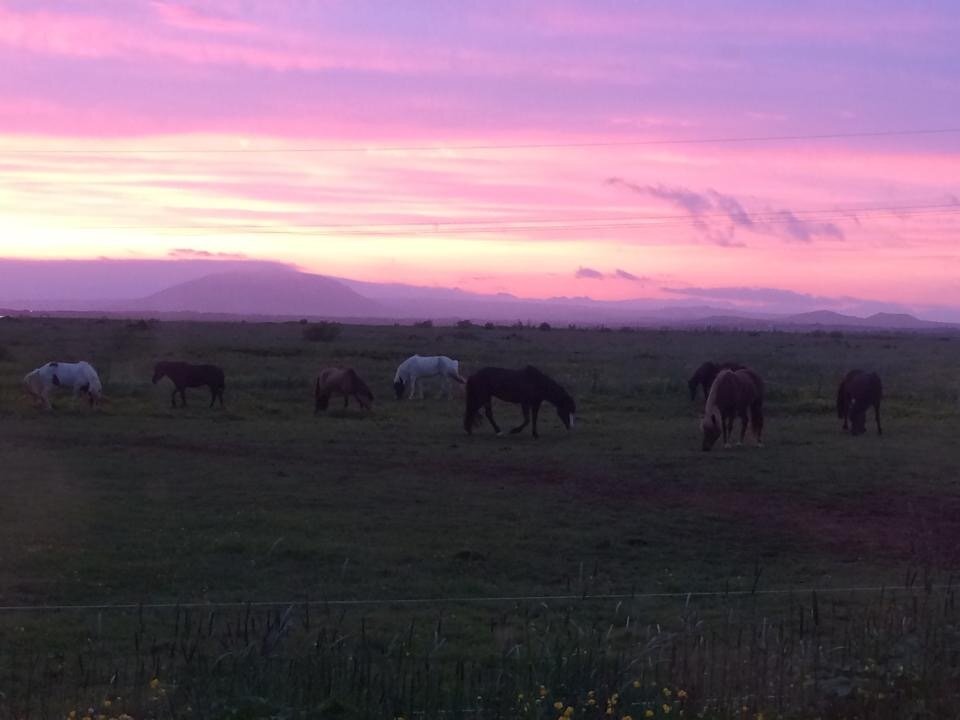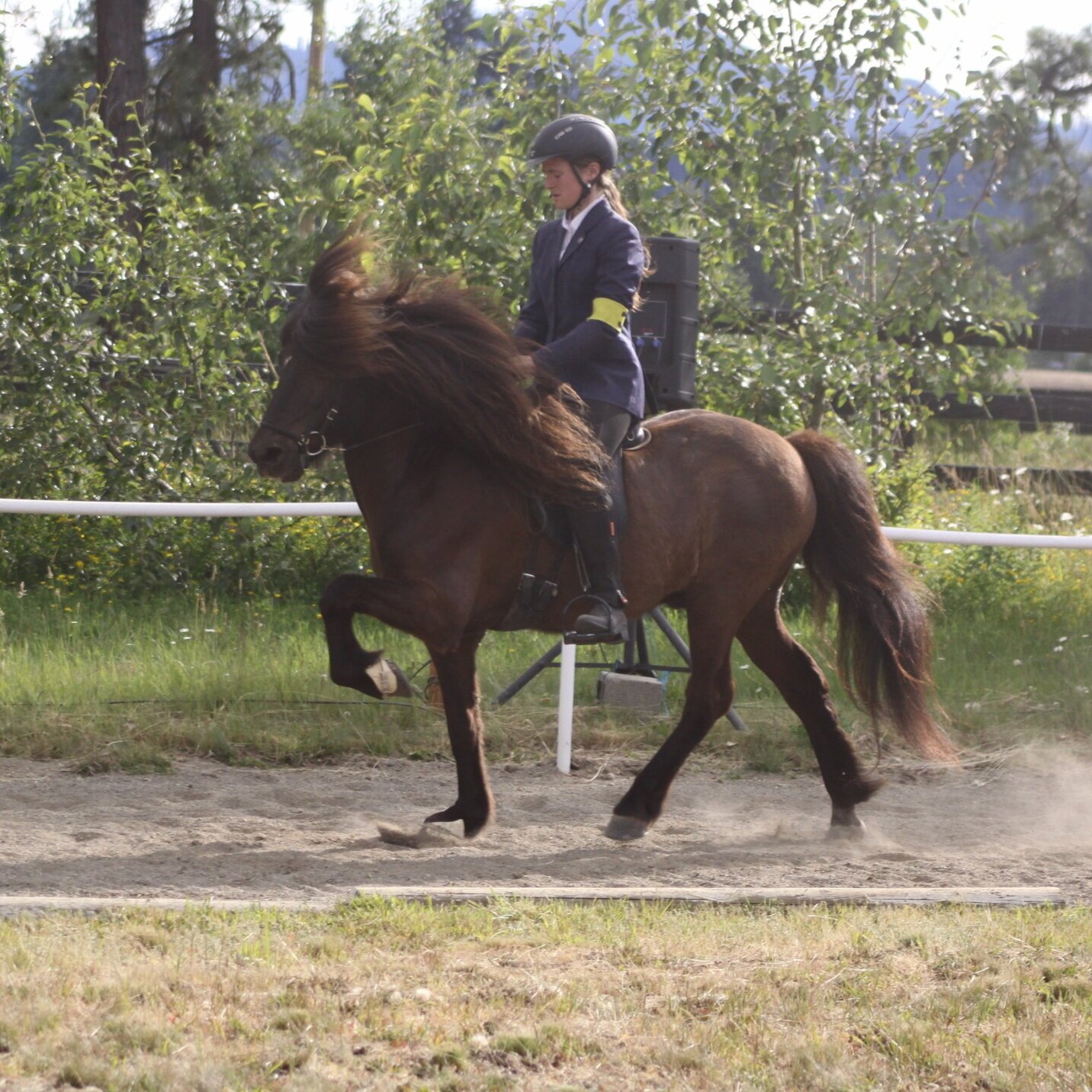A special horse from the land of fire and ice...
The Icelandic horse is a breed of horse originating in Iceland. Icelandic horses are long-lived and hardy. Developed from ponies taken to Iceland by Scandinavian settlers in the 9th and 10th centuries, the breed is mentioned in literature and historical records throughout Icelandic history; the first reference to a named horse appears in the 12th century.
Icelandic horses weigh between 730 and 840 pounds and stand an average of 13 and 14 hands high, which is often considered pony size, but breeders and breed registries always refer to Icelandics as horses. Several theories have been put forward as to why Icelandics are always called horses, among them the breed's spirited temperament and large personality, and the lack of a word in Icelandic for "pony". Another theory suggests that the breed's weight, bone structure and weight-carrying abilities mean it can be classified as a horse, rather than a pony.
One thing that truly sets the horse apart are their gaits. The Icelandic displays two gaits in addition to the typical walk, trot, and canter/gallop commonly displayed by other breeds. These gaits are tölt and flying pace. Tölt is a four beat running walk that has a large speed range and no moment of suspension. Therefore, the gait is extremely smooth, making the breed very popular for long distance trekking. Flying Pace, in contrast is a two beat lateral gait with suspension that is extremely fast. While all Icelandic Horses should have tölt, not all possess the flying pace.
They have well-proportioned heads, with straight profiles and wide foreheads. With the focus beginning to shift towards competition, breeding goals for the horse has shifted as well, with the emphasis being on light-built, elegant horses that maintain their strength and power. The breed is known to be hardy and an easy keeper.
Young horses are not usually ridden until they are four or five years old, and structural development is not complete until age seven. They retain their strength and stamina into their twenties. The horses are highly fertile, and both sexes are fit for breeding up to age 25; mares have been recorded giving birth at age 27.
The horses tend to not be easily spooked, probably the result of not having any natural predators in their native Iceland. Icelandics tend to be friendly, docile and easy to handle, although also enthusiastic and self-assured.





